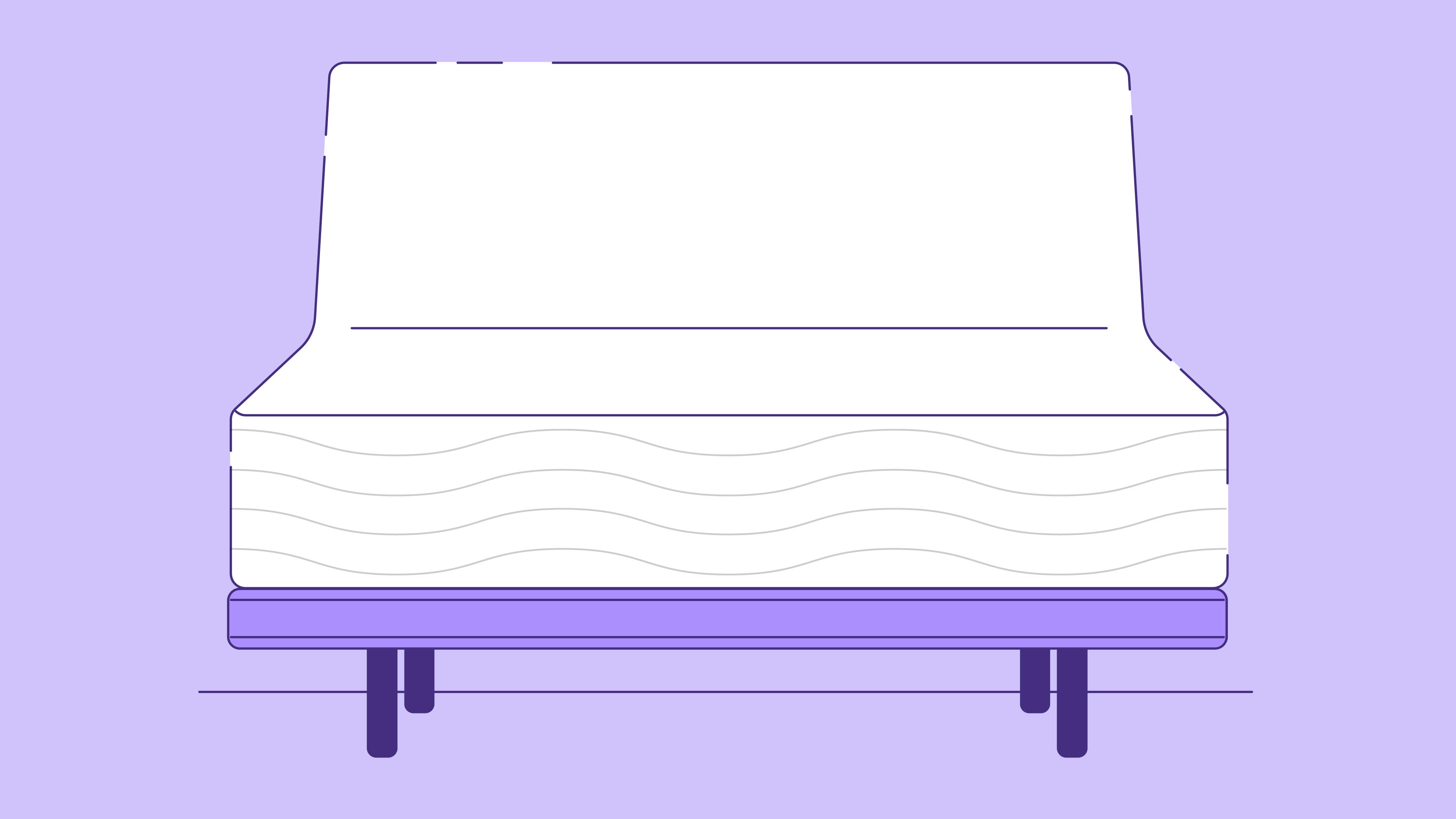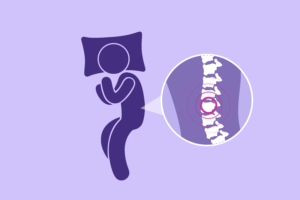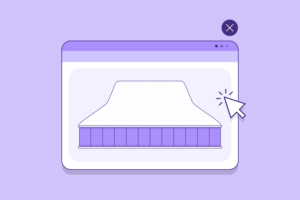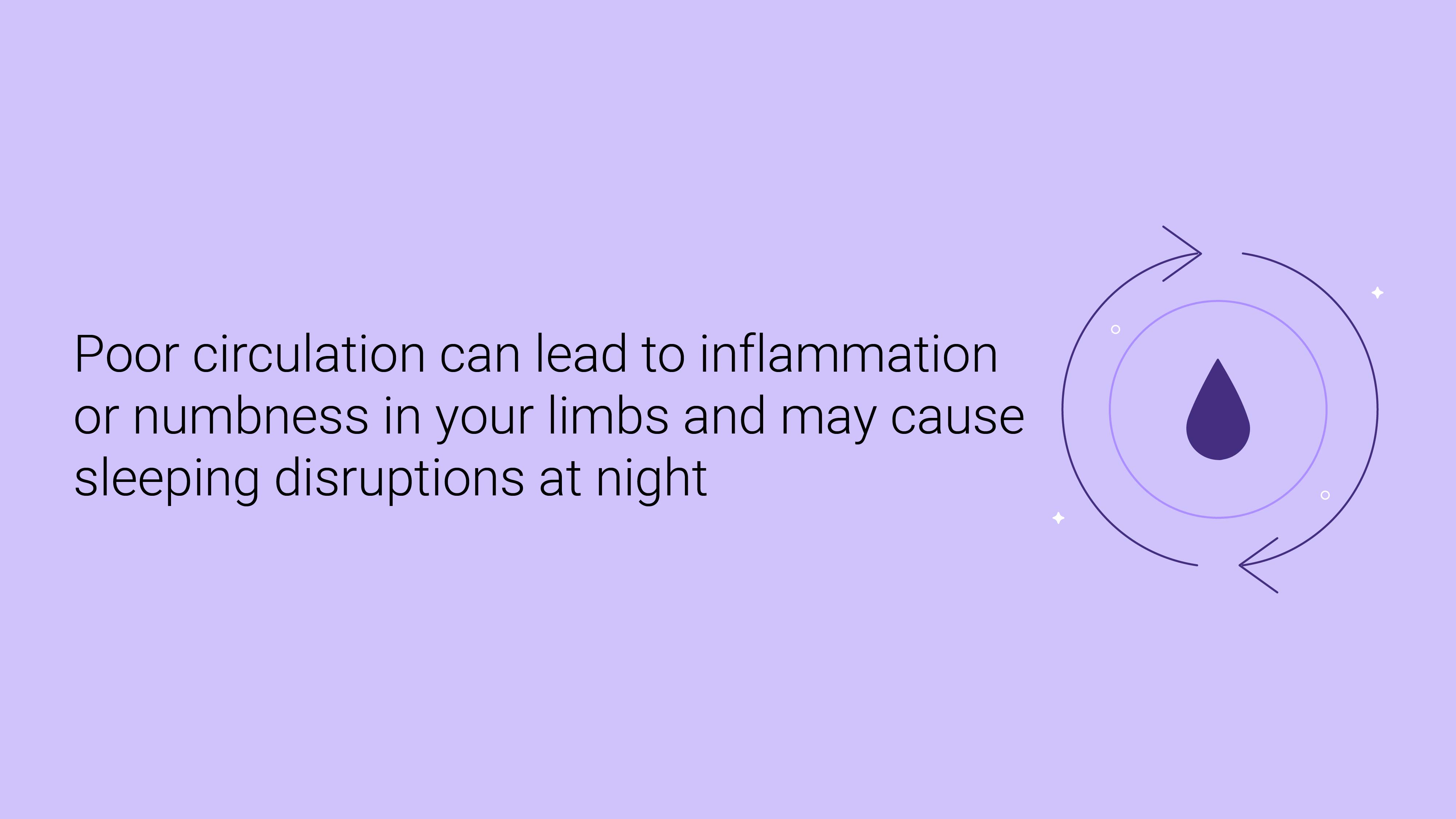
How to Sleep on Your Side on an Adjustable Bed
- Maintaining a neutral spine position is essential for side sleepers on adjustable beds, avoiding overly tight fetal positions to ensure proper breathing and choosing a mattress that cushions shoulders and neck.
- Side sleepers should keep arms in front, avoid placing them flat under the body, and consider sleeping on the right side for improved chest cavity space, reducing tension and promoting overall sleep quality.
- Adjustable beds offer health advantages for side sleepers, including preventing snoring by keeping airways open, enhancing blood circulation to address issues like poor circulation, and easing back pain through the zero gravity position, making them a valuable investment for improved sleep and well-being.
Adjustable beds can provide sleepers with medical benefits over stomach sleepers as the best position for reasons like improved comfort, reduced acid reflux, and pain relief over other sleeping positions.
These beds are a good investment for people who suffer from allergies, obstructive sleep apnea, or snoring since they let you sleep at an angle and can facilitate better breathing. This can be especially comfy for back sleepers, but adjustable beds are also a great choice for side sleepers.
Since side sleepers put large amounts of stress on their shoulders and hips, there are some factors they should keep in mind when sleeping on an adjustable bed. In this next article, we’ll teach you how to sleep on your side on an adjustable bed. We’ll also take a look at the health benefits adjustable beds provide.
Keep Your Spine in a Neutral Position
 Most side sleepers prefer to sleep in the fetal position, with 41 percent of adults choosing this option. In this position, you are lying on your side with your legs curled up underneath, which allows your spine to stay in its natural alignment. Keeping your spine in a neutral position minimizes pressure points along the spine and reduces the likelihood of back pain.
Most side sleepers prefer to sleep in the fetal position, with 41 percent of adults choosing this option. In this position, you are lying on your side with your legs curled up underneath, which allows your spine to stay in its natural alignment. Keeping your spine in a neutral position minimizes pressure points along the spine and reduces the likelihood of back pain.
One of the drawbacks of sleeping in the fetal position is it may restrict your breathing at night. If you are curled up too tightly, it can limit the amount of oxygen that reaches your lungs and diaphragm. It’s better to stretch out a bit and keep your abdomen relaxed so you can breathe while you’re asleep.
Choose a Mattress for Side Sleeping
 Side sleepers tend to put a significant amount of pressure on their shoulders and neck resulting in pain or tightness when they wake up. For this reason, the best mattresses for side sleepers are often soft to medium to help cushion the joints and relieve painful pressure points.
Side sleepers tend to put a significant amount of pressure on their shoulders and neck resulting in pain or tightness when they wake up. For this reason, the best mattresses for side sleepers are often soft to medium to help cushion the joints and relieve painful pressure points.
Memory foam mattresses are typically the go-to choice for side-sleeping since these beds conform to the contour of your body and offer pressure point relief. These mattresses are also better suited for adjustable beds because they are extremely flexible and can be repositioned without becoming damaged.
Latex mattresses are also a great choice because they distribute body weight evenly across the surface, and adapt to the adjustable bed frame as well.
There are other factors to consider when you choose a mattress besides type and firmness, such as mattress size and where to buy a mattress.
Practice Healthy Side Sleeping
Though side sleeping is considered to be healthy, some sleepers may be sleeping in this position improperly. It’s common for side sleepers to sleep with their arms raised around pillows, adding tension around their necks.
It’s better to keep your arms in front of you while side sleeping. Try your best to avoid placing your arms flat under your body, as this will likely put a strain on your shoulders.
We also recommend right-side sleeping as a healthy option. Lying on the right side of your body creates more space in the chest cavity and reduces pressure on the heart muscle, which is especially good for those with cardiovascular conditions.
Benefits of Adjustable Beds for Side Sleepers
Sleeping on an adjustable bed is proven to be helpful for several medical conditions over a flat bed. Most individuals love adjustable beds because they help ease joint pain and reduce acid reflux and gastric refulx, making it easier for them to fall asleep. Others may look to purchase these beds to help them alleviate snoring. Below, we discuss some of the ways adjustable beds benefit your health and wellness.

Help Prevent Snoring
Investing in an adjustable bed can keep snoring from interfering with your rest. Snoring occurs when your airways are blocked, causing the surrounding tissues to vibrate while you breathe. As a result, snoring happens. Common causes of snoring include congested sinuses, allergies, and sleep apnea.
Adjustable beds keep your head elevated, which helps open up restricted airways. This allows you to take more relaxed deep breaths while asleep without interfering with your sleep quality.
Increase Blood Circulation
Poor circulation can lead to inflammation or numbness in your limbs and may cause sleeping disruptions at night. Furthermore, this can cause cardiovascular problems to worsen.
Since the irregular circulation of your blood can put unwanted pressure on your heart. If you have poor circulation, high blood pressure, or diabetes, adjusting your sleeping position to where your legs are elevated during sleep can aid circulation.
Helps Ease Back Pain
Sleepers who often experience back pain may not be providing themselves with the proper spinal support at bedtime. Back pain may also be a sign of aging since the spinal disks become thinner due to loss of fluid, causing the vertebrae to lose cushioning.
Adjustable beds can help alleviate this pain by taking the extra pressure off your spine. For many people, sleeping in the zero gravity position or sleeping with your feet slightly elevated reduces lower back strain. Additionally, some adjustable beds come with an optional massage function that aids in relaxing your joints, so you fall into a deep sleep.
FAQS
What is the “zero gravity” sleep position?
The zero gravity position is a neutral body posture where your head and knees are slightly above your heart, positioning the torso and legs to form a 120-degree angle. NASA invented this posture to equalize the weight of astronauts when they’re launched into space.
When it comes to sleep or relaxation, the zero gravity position relieves muscle tension and takes the pressure off of your lower back. Adjustable beds are known to help sleepers achieve the zero gravity position, providing sleepers with extra comfort.
What is the healthiest sleeping position?
Back sleep is considered to be the ideal sleeping position. Though most people do not sleep on their backs, experts say lying on your back keeps the spine in a neutral position and helps improve your posture.
The downside of sleeping on your back is that it can contribute to snoring and sleep apnea. Sometimes when you lie in this position, your head can fall too low, and it can be difficult for oxygen to move through the airways, causing a snore. Propping your head up with a couple of pillows or investing in an adjustable base usually helps prevent snoring from persisting.
Are adjustable beds a good choice for seniors?
Since adjustable beds help ease joint and muscle tension, this makes them an excellent purchase for older individuals with chronic or acute pain. Additionally, these beds promote blood flow and oxygen intake, which is particularly important for bedridden seniors.
Increased circulation from adjustable beds for seniors can lower the risk of developing aches or pain, and your body may feel more relaxed at bedtime.
Are adjustable beds expensive?
The downside of purchasing an adjustable base is that they are pretty expensive. Although some models are available at low price-points, most adjustable beds cost anywhere between $1000 and $4500. The quality of the base and features like Bluetooth capability, reading lights, and built-in massagers usually come with a price increase.
Do adjustable beds help treat sleep apnea?
Adjustable beds are a good investment for people who suffer from sleep apnea or snoring since they allow you to keep your upper body, head, and neck elevated. Having your upper body raised reduces the chances of your throat muscles relaxing and obstructing airflow. This lift can be achieved with an adjustable bed or a wedge pillow.
For some people, this can help facilitate better breathing and prevent sleep apnea. On the other hand, purchasing an adjustable bed may not be a cure-all for sleep apnea, and you may have to seek further treatment options.
Conclusion
Adjustable beds do not cater to one specific sleeping position but are not recommended for stomach sleepers. Depending on the angle you position yourself, an adjustable bed can ease some of the pressure off your shoulder and hips.
However, if you are not resting in a healthy side sleeping position, you may experience discomfort while asleep. We suggest keeping your arms in front of you rather than above your head while you’re sleeping. Sleeping in this position will help lower your risk of neck pain. Additionally, keeping your spine in a neutral position will also prevent joint pain while asleep.
